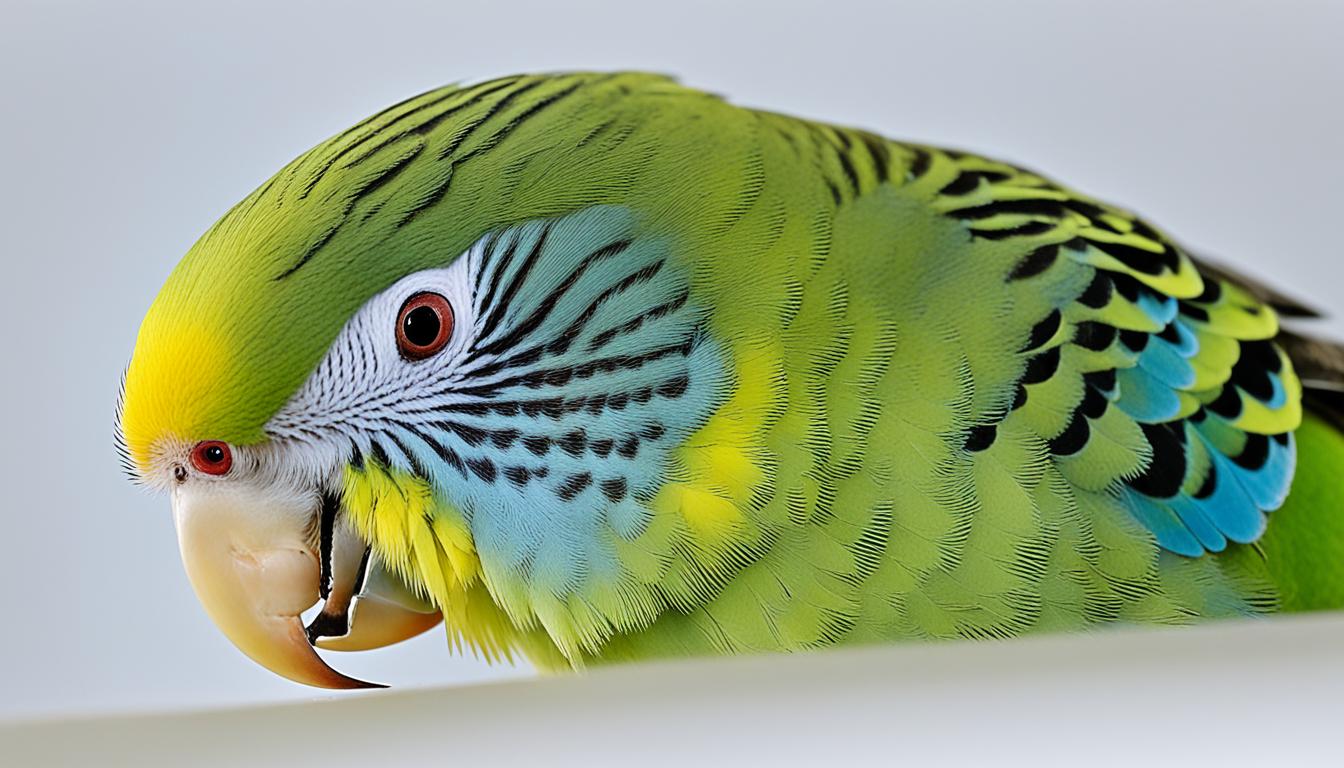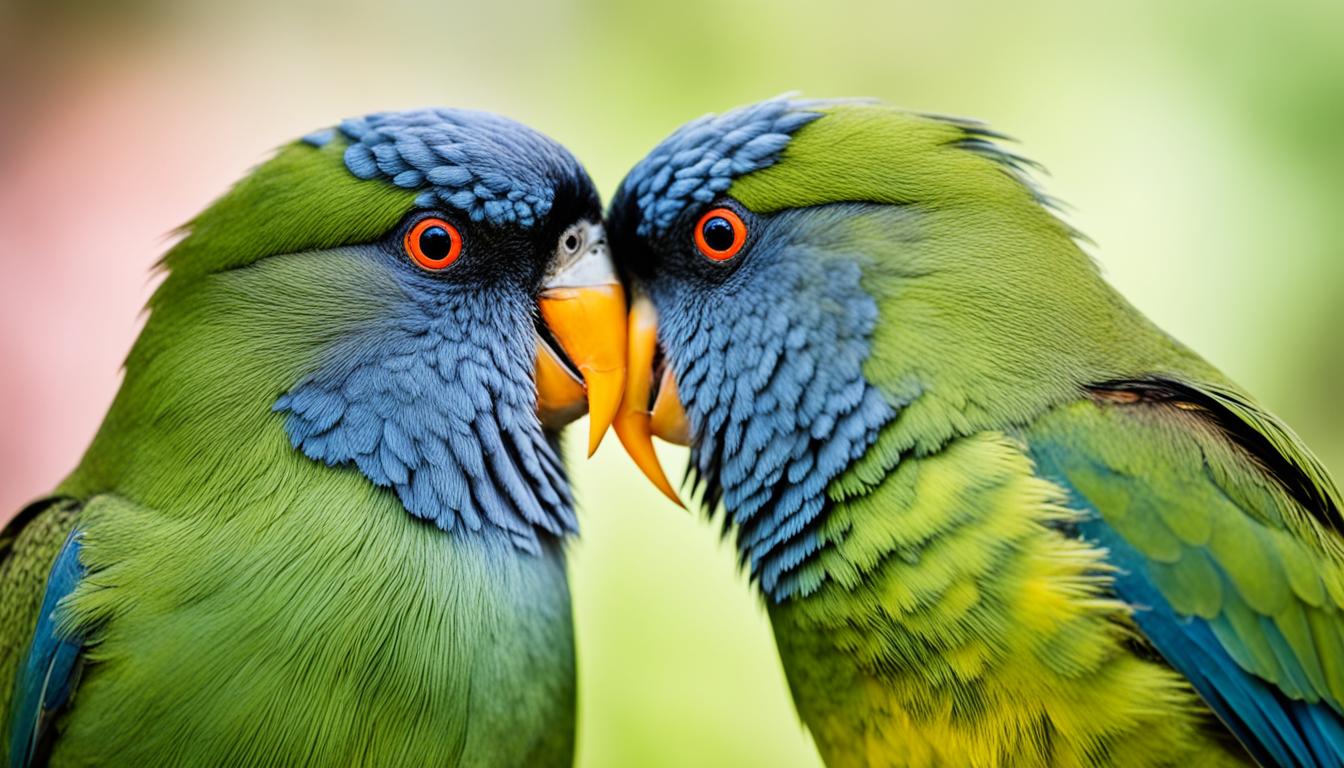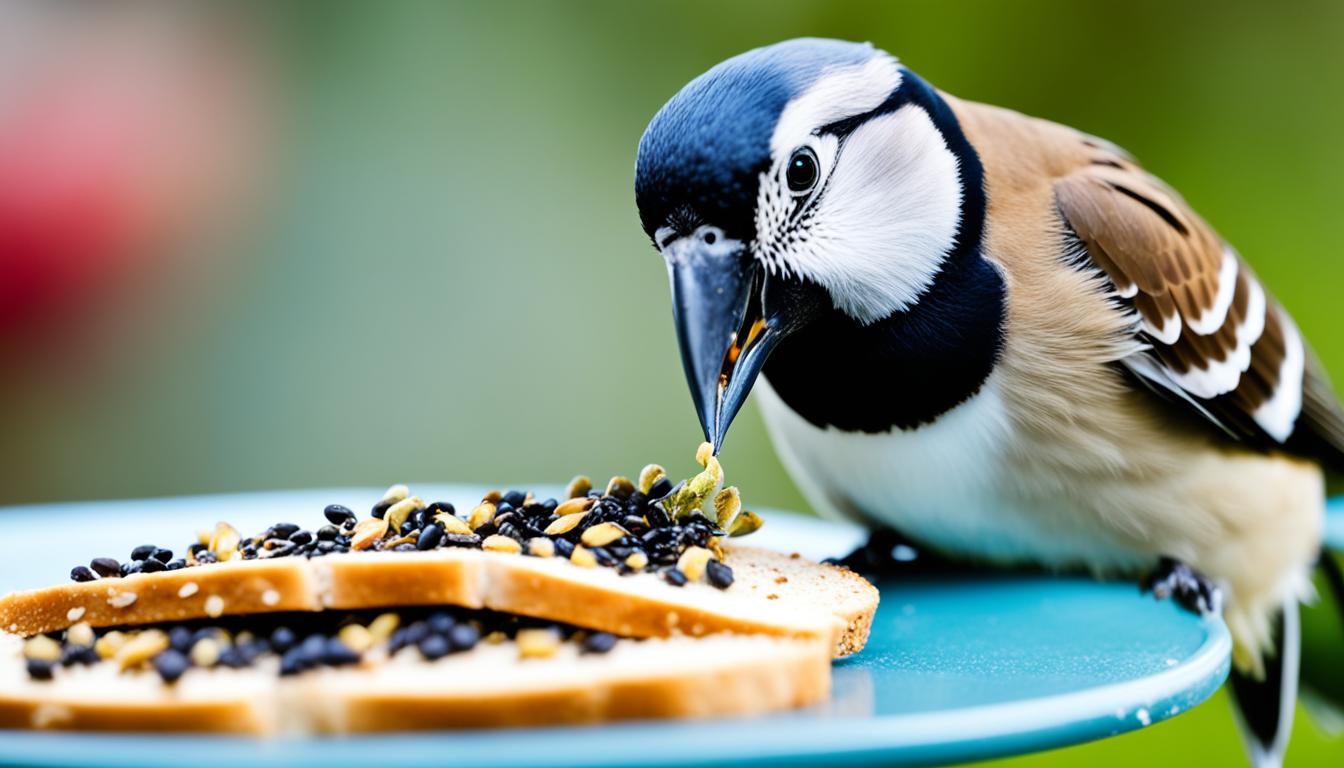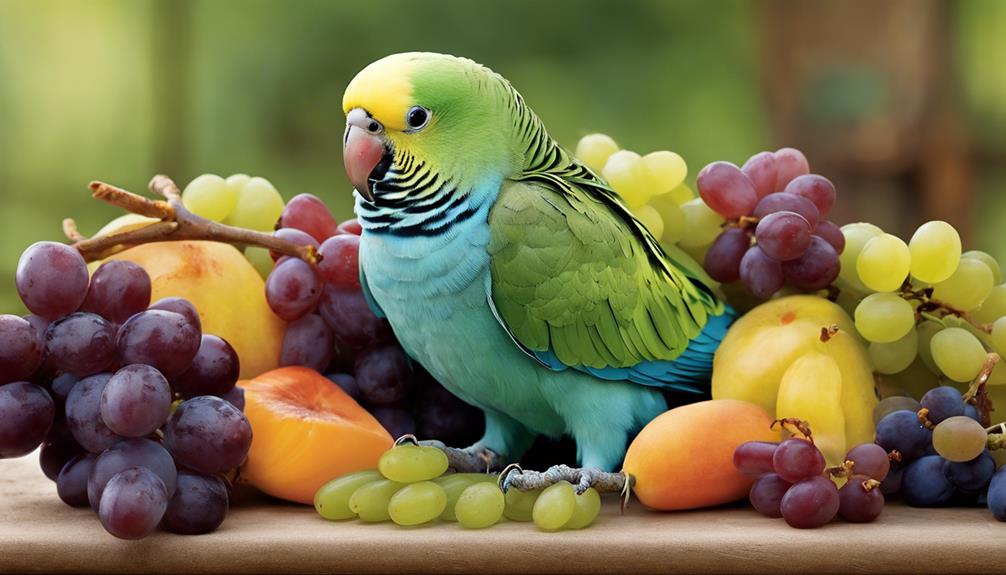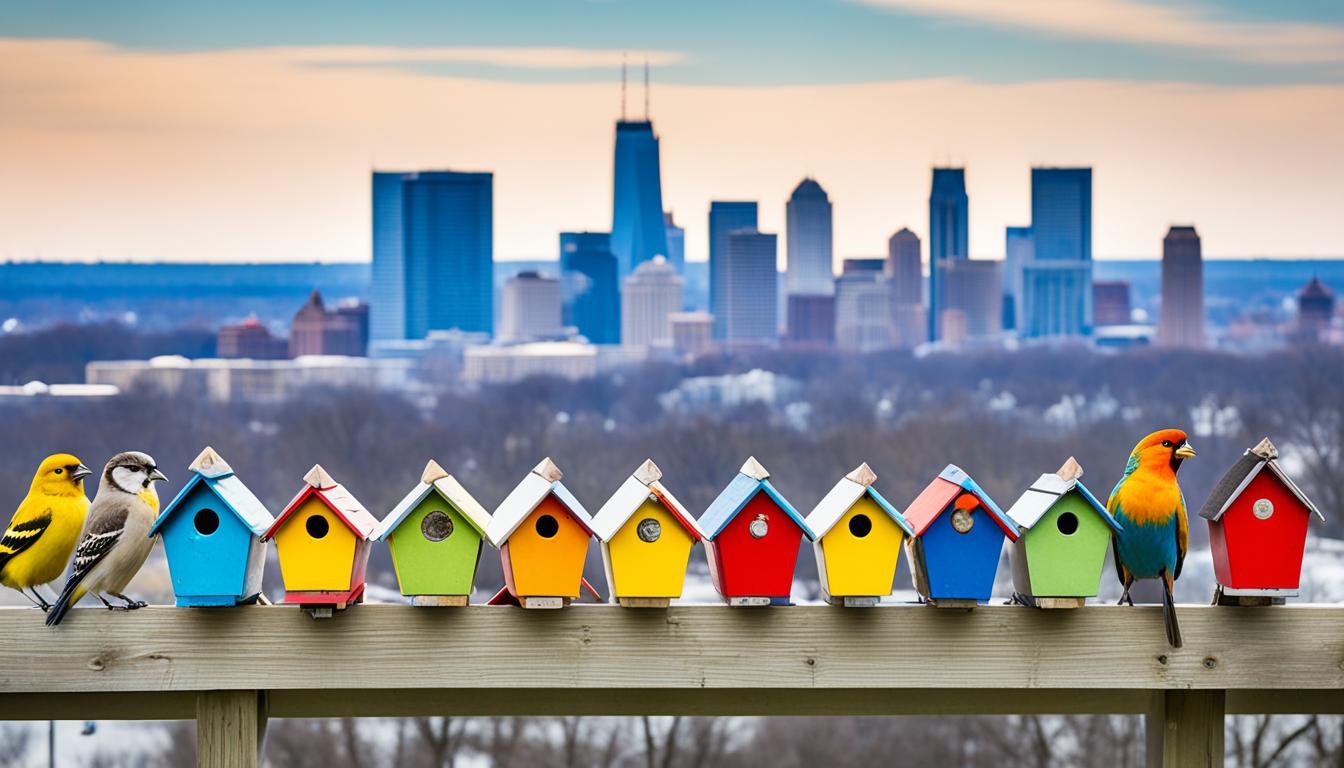Are you aware that identifying the gender of parakeets can be difficult, especially for young birds and those with color mutations? If you own a parakeet or are thinking about getting one, it is important to know how to determine their gender for their health and happiness.
Key Takeaways:
- Observing the cere color, the fleshy area where the beak meets the head, is a reliable method for determining a parakeet’s gender.
- Males typically have a blue or purplish-colored cere, while females have a brown or crusty cere.
- Behavioral differences, such as vocalization and aggression, can also provide clues about a parakeet’s gender, but they are not definitive indicators.
- Different color mutations can make determining gender based on cere color alone more challenging.
- DNA testing offers the highest level of accuracy, with 99.9% certainty in determining a parakeet’s gender.
How to Determine Gender Based on Cere Color
When it comes to sexing parakeets, one reliable indicator is the color of their cere. The cere is the fleshy area where the beak meets the head, and it can provide valuable insights into a parakeet’s gender.
For adult parakeets, males typically have a cere that is blue or purplish in color. On the other hand, females have a brown or crusty cere. This color difference makes it easier to determine the gender of adult parakeets based on cere color alone.
When it comes to juvenile parakeets, determining their gender based on cere color can be a little more complicated. At a young age, both male and female parakeets have a pink cere. However, as they mature, the color of the cere changes. Juvenile males will develop a pink or purple cere, while juvenile females will develop a pink cere that eventually turns into a white cere with varying amounts of blue pigment at around 4 months old.
It’s important to note that certain color mutations can complicate the process of determining gender based on cere color alone. Mutations such as albino, lutino, and pied can result in ceres that have pink or tan colors, making it more challenging to identify the parakeet’s gender solely based on cere color.
Example: How cere color changes as parakeets mature:
| Age | Male Cere Color | Female Cere Color |
|---|---|---|
| Juvenile | Pink or Purple | Pink |
| 4 months and older | Pink or Purple | White with varying amounts of blue |
As you can see from the table above, the cere color can undergo significant changes as parakeets develop. It is important to consider other factors, such as behavior, in conjunction with cere color when determining the gender of your parakeet.
Now that we have discussed how to determine gender based on cere color, let’s dive into the behavior differences between male and female parakeets in the next section.
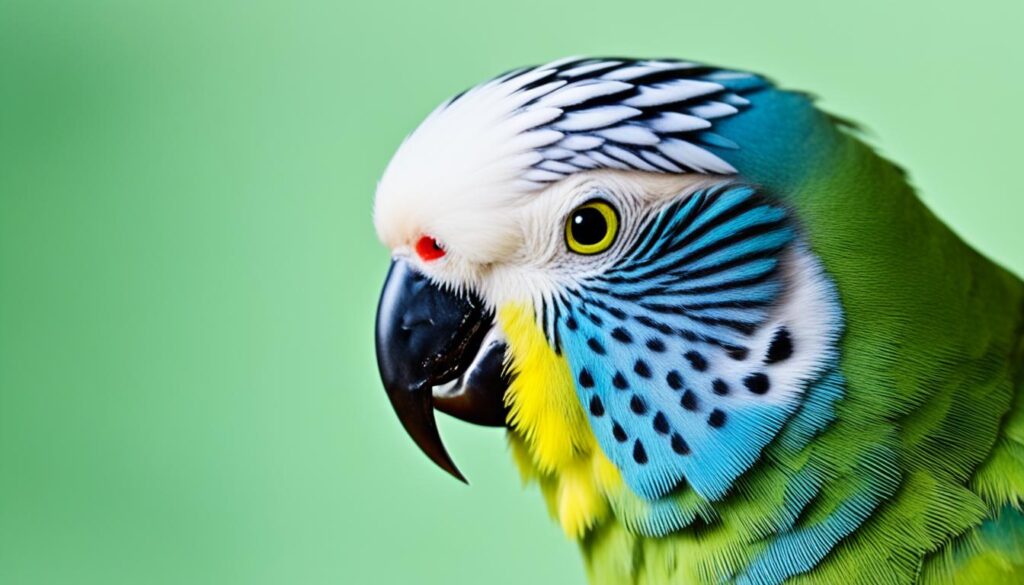
Behavior Differences between Male and Female Parakeets
Observing the behavior of parakeets can be another way to determine their gender. While it is not a definitive indicator, it can provide some clues about their sex. Male parakeets tend to be more vocal and are often the singers of the flock. Their cheerful chirping and melodic tunes fill the air, bringing joy and liveliness to any bird enthusiast’s home.
On the other hand, female parakeets are usually quieter in comparison. Their vocalizations are often softer and less frequent. This difference in vocal behavior can be attributed to the males’ natural instinct to attract a mate and communicate with other birds in their environment.
In addition to vocal differences, female parakeets may exhibit more aggressive behavior and have a stronger bite compared to the males. This can be seen when they become territorial or protective of their nesting areas or when they feel threatened. It is essential to note that individual behavior can vary, and not all females will display aggressive tendencies.
While these behavior differences can give hints about the gender of parakeets, they are not foolproof indicators. Each bird has its unique personality, and behaviors can change over time. To accurately determine the gender of your parakeet, it is recommended to consider other factors such as cere color and, for absolute certainty, DNA testing.
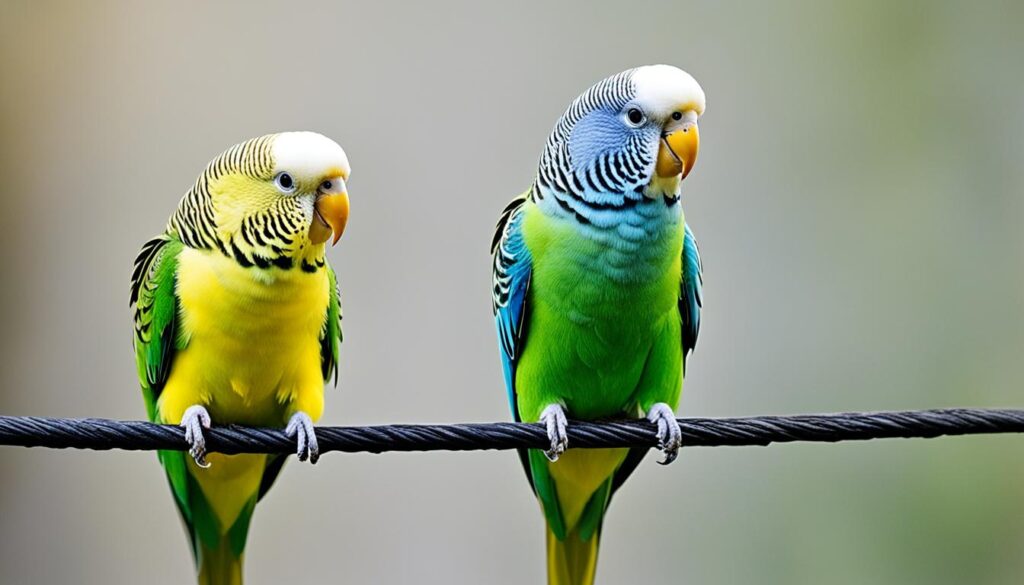
Male vs. Female Parakeet Behavior Comparison:
| Male Parakeets | Female Parakeets |
|---|---|
| Vocal and sing frequently | Quieter and less vocal |
| May demonstrate territorial behavior | Can exhibit more aggression |
| Approach breeding age, they become even more vocal and display courtship behavior | May show signs of broodiness when near the breeding age |
Understanding the behavior differences between male and female parakeets can help you build a stronger bond with your pet and create a suitable environment based on their needs and natural tendencies. While behavior provides valuable insight, it is essential to use multiple methods for accurately determining gender, ensuring the best care and companionship for your feathered friends.
Challenges and Complications in Sexing Parakeets
When it comes to determining the gender of parakeets, there are several challenges and complications that can arise. Different color mutations and variations in parakeets can make it difficult to rely solely on cere color as an indicator of their gender. While cere color is generally a reliable characteristic in determining gender, certain mutations can cause variations in the color, making it more complicated.
Young birds also present a challenge in sexing parakeets. Their cere color may not fully develop until they reach sexual maturity, which can take several months. Attempting to determine the gender through internal examinations is not recommended, as it can be invasive and potentially harmful to the birds.
Another factor that complicates sexing parakeets is the role of behavior. While behavior differences between male and female parakeets can provide some clues, it is not always a reliable indicator of gender. Each bird has its own unique personality and behavior patterns, so it’s important not to solely rely on behavior when attempting to determine their gender.
To overcome these challenges and complications, DNA testing is the most accurate method of determining a parakeet’s gender. DNA testing provides a definitive answer with unmatched accuracy, eliminating any doubts or uncertainties. By analyzing the bird’s DNA, experts can determine its genetic sex and provide conclusive results.
Here is an image illustrating the challenges and complications in sexing parakeets:
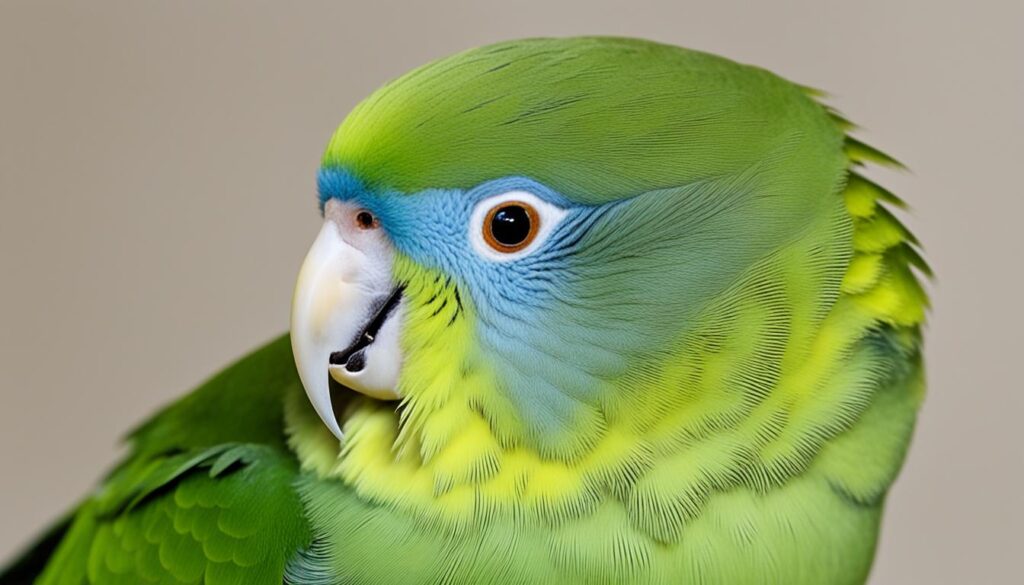
Challenges and Complications in Sexing Parakeets – Table
| Challenge or Complication | Description |
|---|---|
| Different color mutations | Parakeets with color mutations may have cere colors that deviate from the typical blue (males) and brown (females), making gender determination based on cere color alone challenging. |
| Variations in cere color | Even among parakeets without mutations, there can be variations in cere color due to factors such as age, hormonal fluctuations, and overall health, leading to ambiguity in determining gender visually. |
| Young birds | Cere color in young parakeets may not fully develop until sexual maturity, making it trickier to determine their gender at an early age. |
| Limitations of behavior | While behavior differences between male and female parakeets can provide some clues, individual variations in behavior and personality can limit its reliability in accurately determining gender. |
| Necessity of DNA testing | To achieve absolute certainty in determining a parakeet’s gender, DNA testing is recommended as the most accurate method, disregarding any uncertainties or complexities arising from visual and behavioral observations. |
Visual Sexing vs. DNA Testing
Unlike many other parrot species, parakeets can be visually sexed to a certain extent. Visual sexing relies on observing characteristics such as cere color, while DNA testing provides absolute certainty with 99.9% accuracy.
Surgical sexing, an invasive and unnecessary procedure, is another method but is not recommended.
Visual sexing can be a cost-effective and reliable option for parakeet owners who want to determine their bird’s gender.
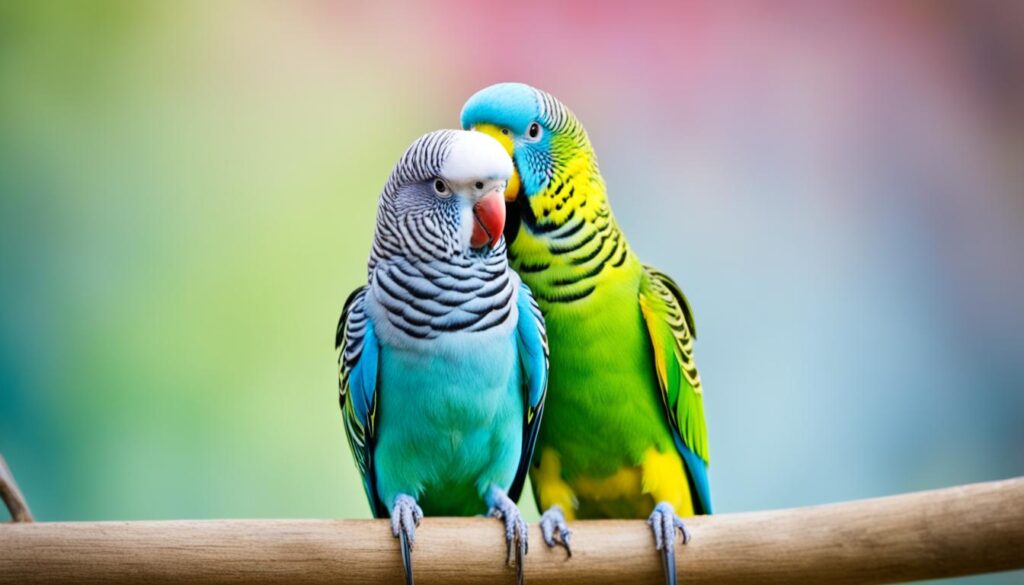
Comparison of Visual Sexing and DNA Testing
| Method | Accuracy | Cost | Procedure |
|---|---|---|---|
| Visual Sexing | Varies; relies on observation | Low | Non-invasive; based on cere color |
| DNA Testing | 99.9% | High | Non-invasive; requires a blood or feather sample |
| Surgical Sexing | High | High | Invasive; surgical procedure |
Conclusion
Sexing parakeets can be a challenging task, but there are some key factors that can help you determine their gender with a reasonably accurate judgment. By observing their cere color and behavior, you can gain valuable insights into whether your parakeet is male or female. However, it’s important to note that these methods have limitations, and for absolute certainty, DNA testing is recommended.
Determining the gender of your parakeet is crucial for their well-being and proper care. By understanding the various techniques and challenges involved in sexing parakeets, you can provide the optimal environment and tailored care for your feathered friend. It’s always rewarding to have a deeper connection with your pets and meet their specific needs.
Remember, patience and keen observation are key when it comes to sexing parakeets. Take the time to familiarize yourself with their behaviors, pay attention to their cere color, and consult with avian experts or veterinarians, if needed. Whether you have a single parakeet or a flock of these beautiful birds, knowing their gender can enhance your knowledge and enable you to create a harmonious environment for them to thrive.
